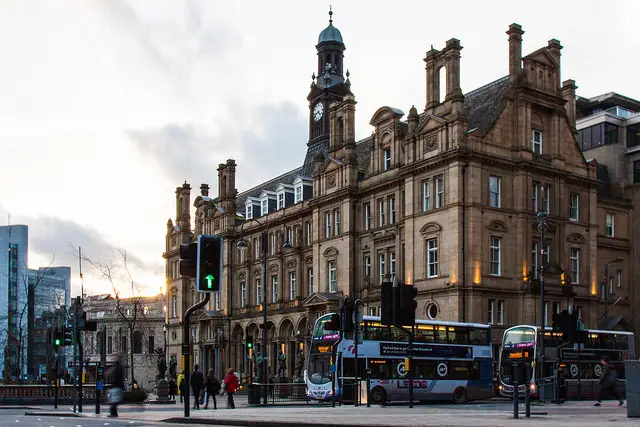Smart city innovation is not happening without citizens

With the rise of big data and affordable sensor technology, smart city innovation can transform cities into a better place, but only if the right data is available. This seems to be a 'solutionism' belief. Almost like the equation: the better the data, the better the decision, neglecting the underlining complexity of decision-making processes and that cities involve multiple interests that need to be carefully weigh out.
The Nesta report "Rethinking smart cities from the ground up" by Tom Saunders and Peter Baeck outlines quite nicely 4 flaws the smart city concept has – its limitation and need to be seen broader:
- Starting with technology rather than urban challenges
- Insufficient use or generation of evidence. Do the solutions really help? And how and whom? Might generate more costs more than savings.
- Lack of awareness of how others are trying to improve cities.
- Limited roles of citizen engagement. Citizens should engage in the design and deployment of technologies.
Smart cities are by no doubt a technology and data based concept, which has been around since the 1960's, at times when city planers believed that cities needed sufficient roads to become more efficient and livable. Contrary to that, now, in the smart city concept cars and highways are being replaced by data highways. Ironically, nowadays cities planners try to push transport traffic back to leave space for cyclists and pedestrians. I wonder if the same would happen to data if, just like with transport traffic, we create too much data noise.
Smart city innovation should be purpose-driven to change the city for better. For example the city of Copenhagen attempts to be carbon neutral by 2025. To achieve that the administration promotes cycling through many initiatives and just introduced new traffic lights, that recognize and favor cyclists.
There are projects with positive outcomes behind the smart city concept, such as trash sensors in Barcelona, which send out a message when the bin is full for the trash trucks to come only when required. I am sure there are many potential efficiencies here. But these smart technologies act very limitedly to make the city a truly better place to live in.
But at this point only a tiny fraction of urban challenges are tackled through smart cities based on big data and probably only a part of these challenges can be tackled through data-driven solutions. If we take for example the issue of elderly, who sit at home alone, and question how to reintegrate them into social life, I doubt there is a sensor data solution at place that solves this challenge. Or shall we monitor the elderly happiness with sensors like the city of Dubai is planning it with its citizens? Moreover, can a data dashboard from the city of Boston really give a comprehensive view on city life?
Citizens from the smart city claim to feel being treated like infants. We are fed cute icons of urban life, integrated with harmless devices, cohering into pleasant diagrams in which citizens and businesses are surrounded by more and more circles of service that create bubbles of control. Why do smart cities offer only improvement? Where is the possibility for transgression? Rather than discarding urban intelligence accumulated over centuries, we must explore what today is considered “smart” with previous eras of knowledge. Rem Koolhaas
Most smart city innovation projects are unfortunately pretty much focused on small efficiencies gains because public administrations are under the stress of limited spending. It is also so much easier to use sensors to get results and optimize for higher efficiency. No need to involve stakeholders and go through the painful participation process and typical conflicts that may arise behind urban development projects. The examples I have seen so far about smart cities are almost never problem orientated. Mostly there is data and then people try to figure out what to improve with it.
“Planners (experts) have a limited knowledge of local problems. Statistical data on noise pollution or on crime rate cannot express exactly how local people feel about these conflicts or how the suggested solutions fit into their cultural traditions.” György Enyedi
A different approach was taken in London to use data and sensors to explore how cycling in London to understand the complex issue of mobility more comprehensively and find new solutions. In Philadelphia there is a community project to explore the issue of cycling using data..
A key to urban challenges are such social innovation, where data and technology can help find solutions, but this is only one side of the coin for a truly collaborative city, and that is what enthusiasts behind the smart city concept neglect. That's why a smart city approach needs to be much more collaborative, for example civic innovation labs such as the likes in Mexico City or Singapore, where on an ongoing basis the city works with citizens and multiple other stakeholders to develop social innovation solutions to urban challenges. The key is social, as innovation needs to happen in a broader context having people involved. I assume more than 90% of cities work the opposite, where solutions are created by city planners without involving too many stakeholders or in a much later stage. I have written about my main lessons learnt on how to deal with these administrations in a bottom-up smart city innovation project.
For further reading I recommend Dan Mcquillan piece about "Resilience and the Future of Democracy in the Smart City"